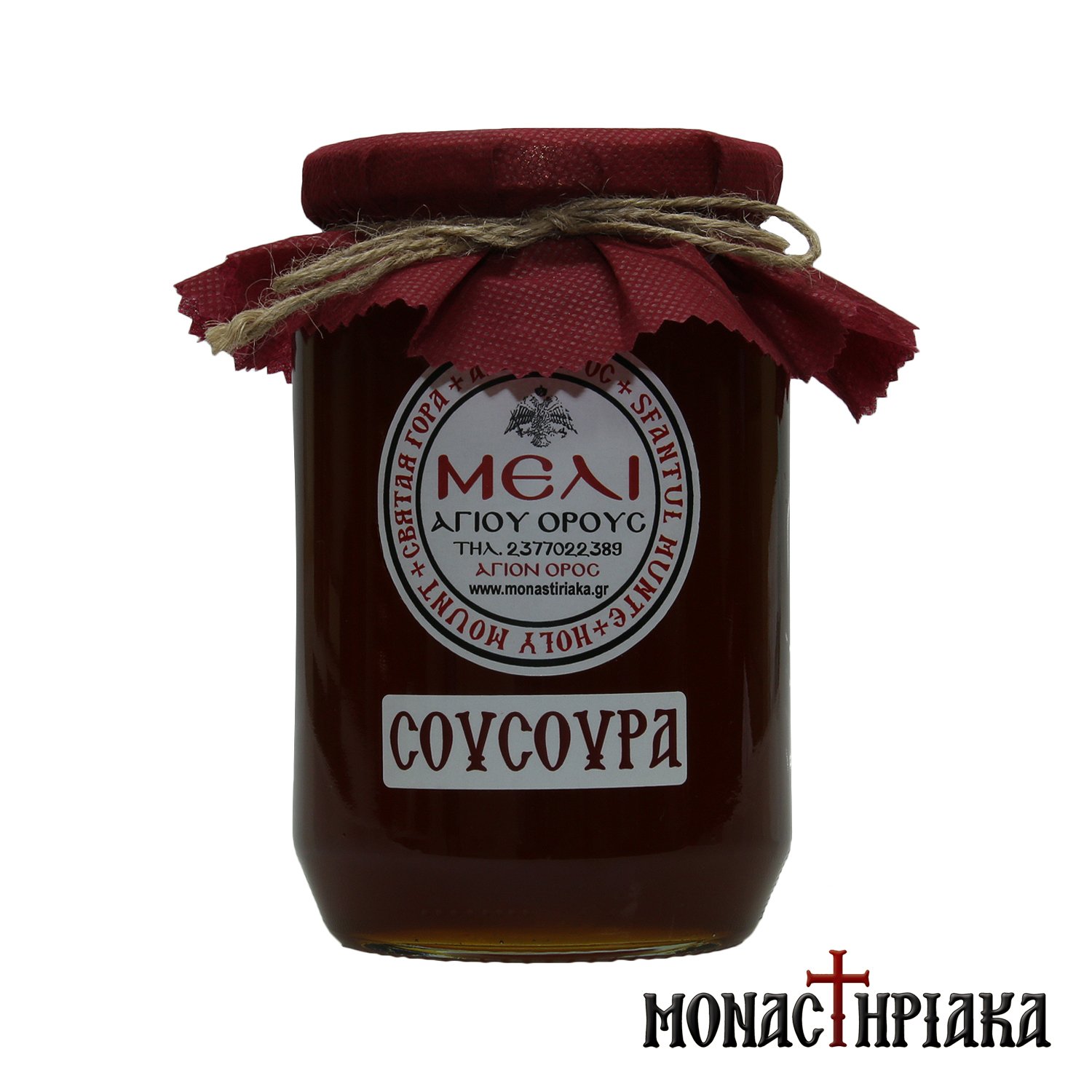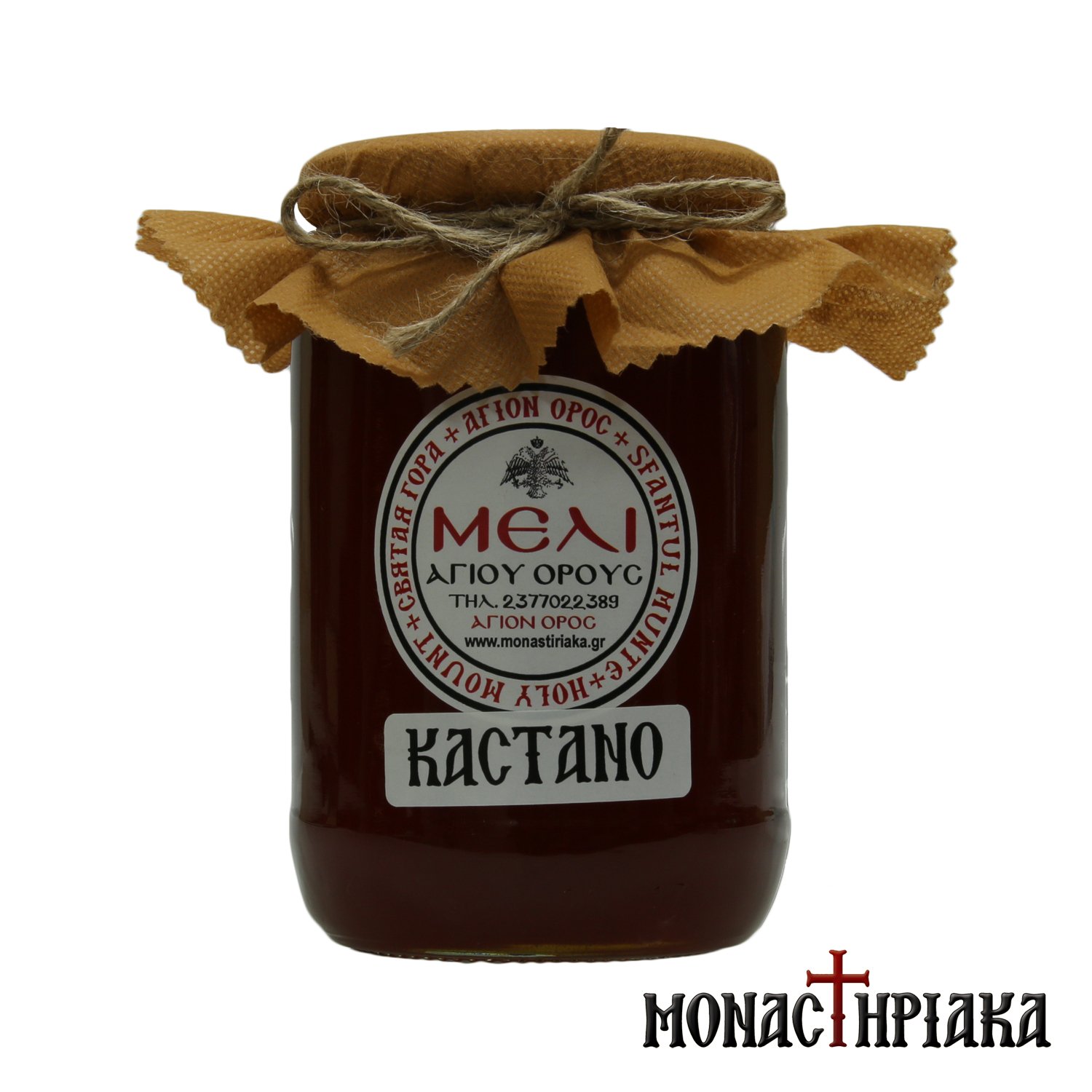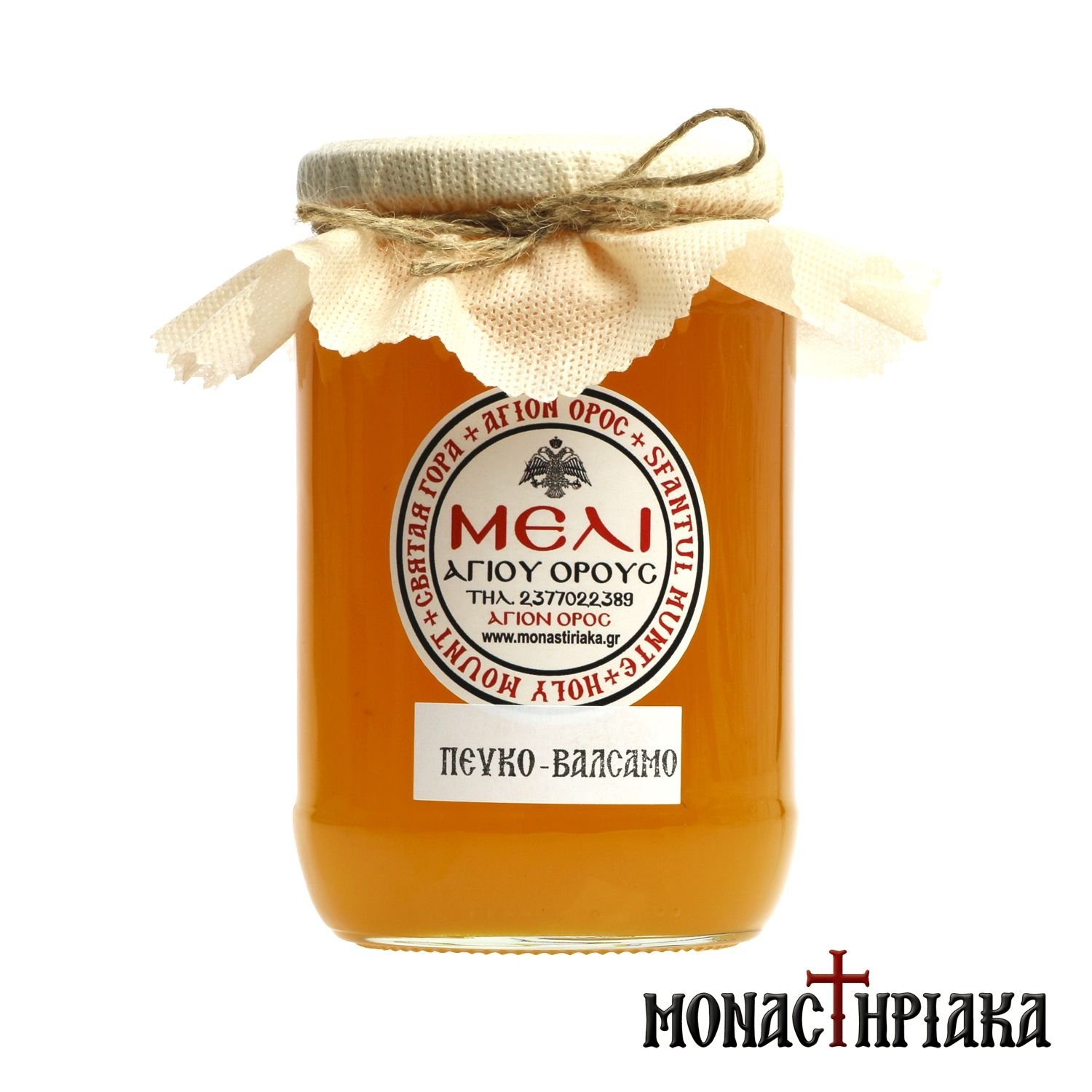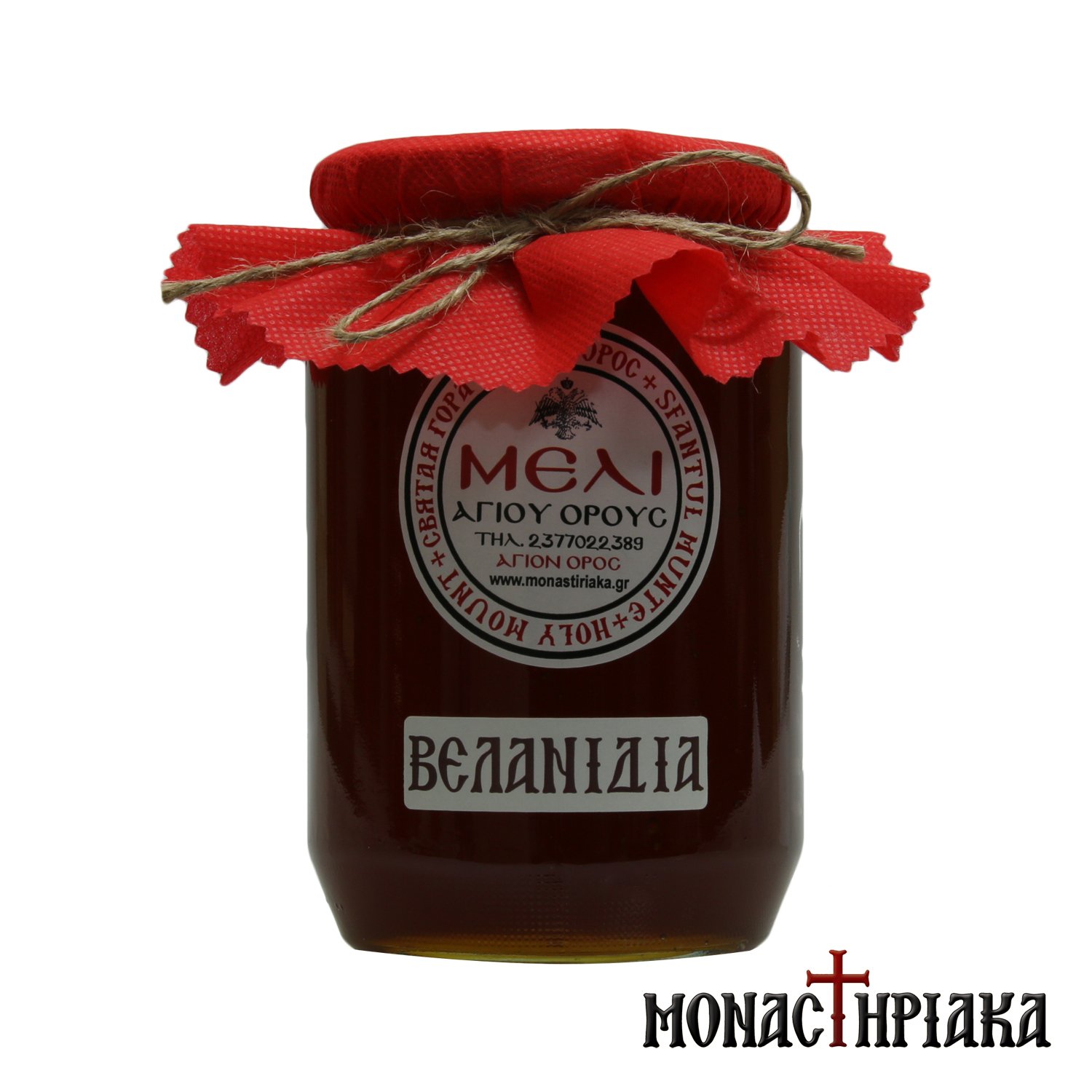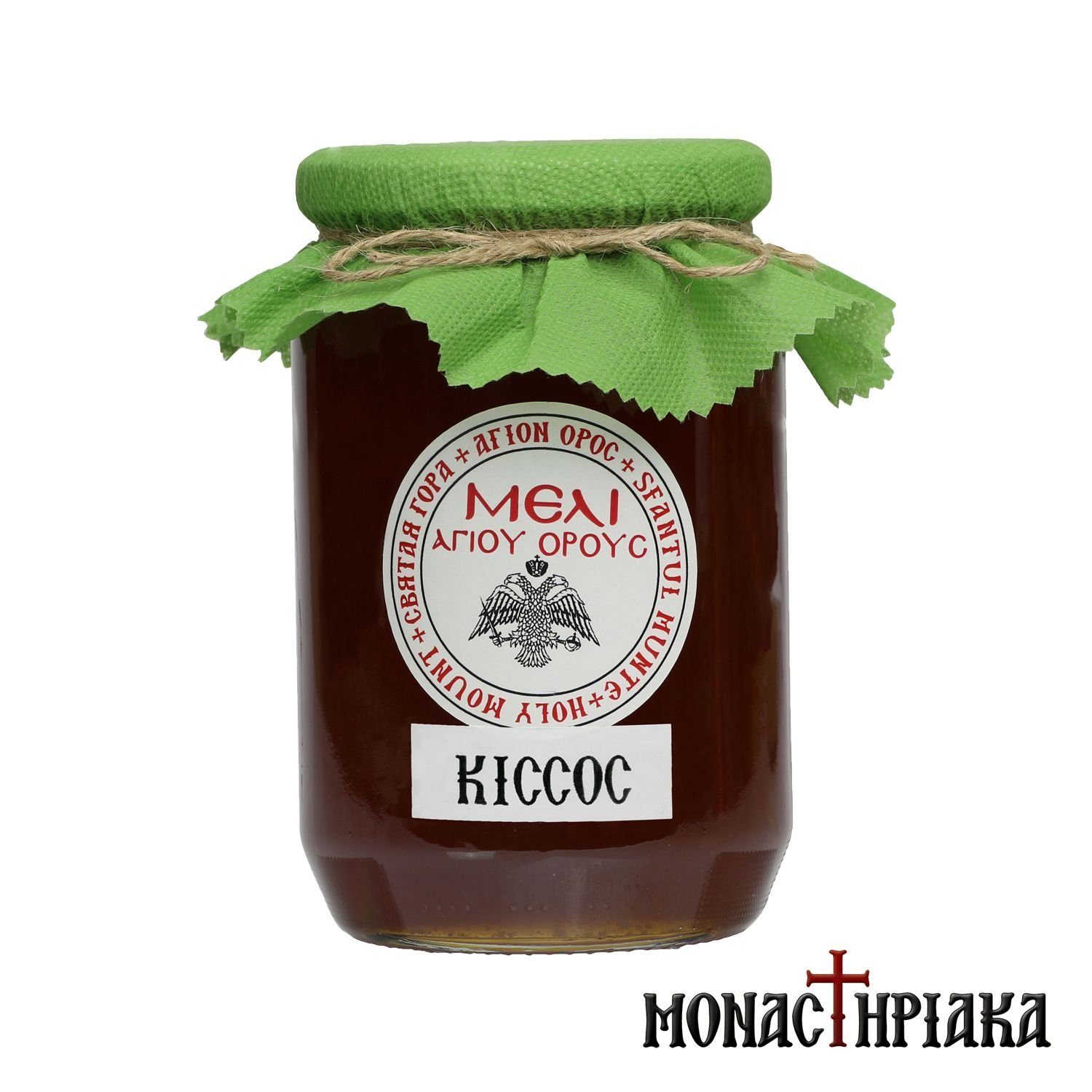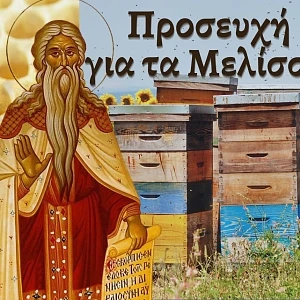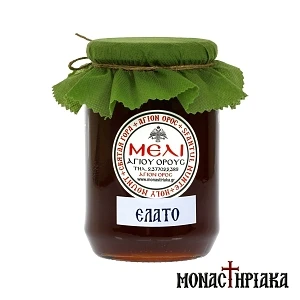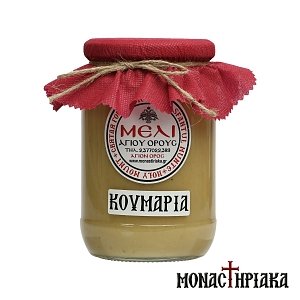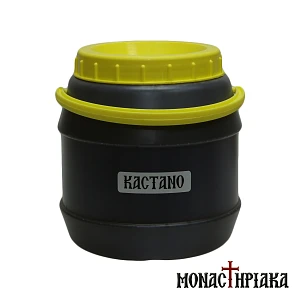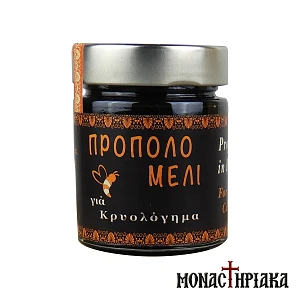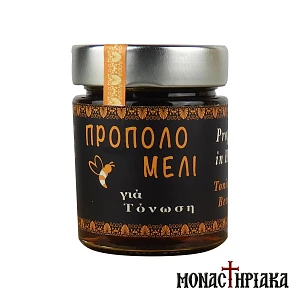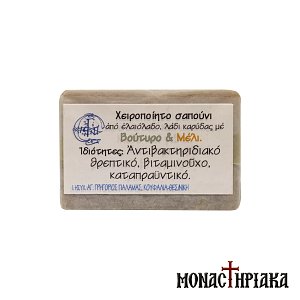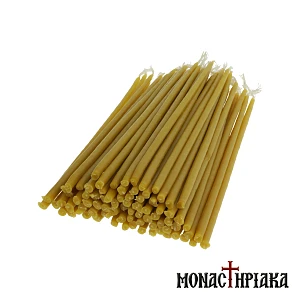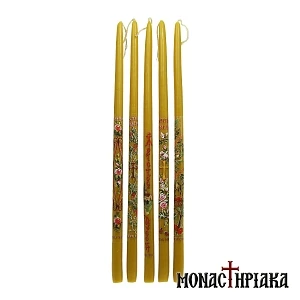Mount Athos honey: the best and purest monastic honey
The types of honey and beneficial properties of each type
From ancient times to nowdays, honey has been an integral part of both human nutrition and therapeutic methods. There are many types of honey and all of them have priceless nutritional and energy value.
Many types of honey are produced on the peninsula of Mount Athos, some of which are not so well known in Greece. In the following article you will read useful information about the types of honey and the health benefits they have. This blog post will help you choose the best honey tyoe for your family.
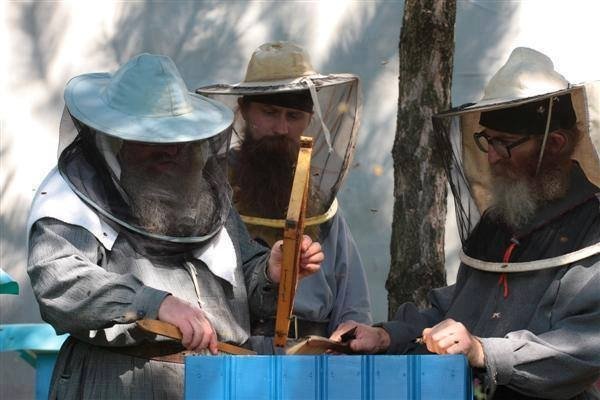
Greek Chestnut honey from Mount Athos
Mount Athos Chestnut Honey is a special honey, which is produced in the protected (NATURA 2000) chestnut forests of Mount Athos. It stands out for its intense peppery taste and its excellent properties.
It emerges as a beneficial 'tonic'. Also, it has styptic, disinfectant, and healing properties, useful for the digestive and urinary systems, providing antimicrobial action in the intestine.
It is recommended for athletes, the elderly and those with prostate problems or prostatitis. It can also act as an astringent in cases of dysentery.
Find here: the original Chestnut Honey of Mount Athos
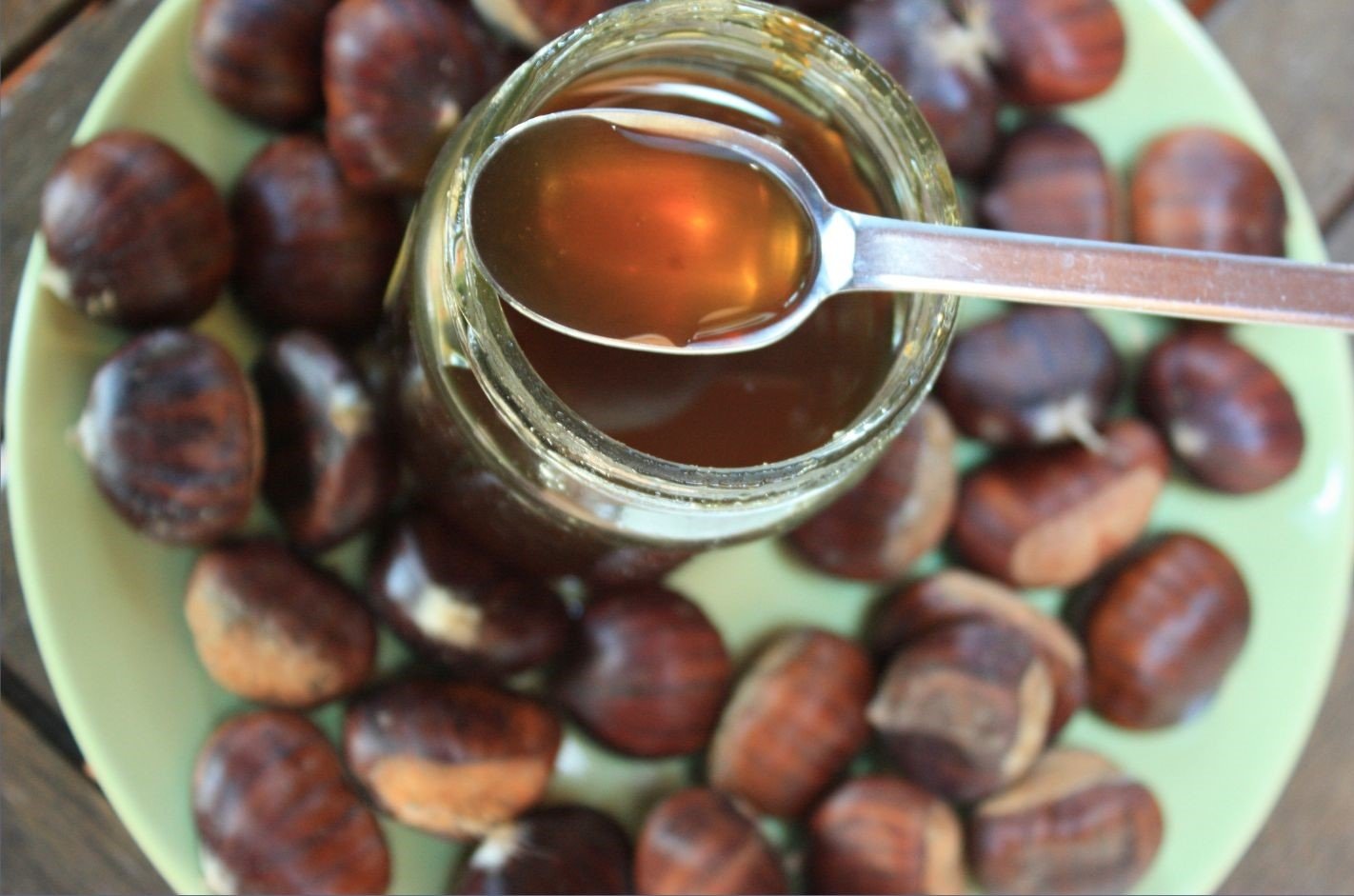
Erica Manipuliflora Honey of Mount Athos
Erica Manipuliflora honey is mainly produced in the Yovanitsa region and is collected during the months of September to November. Some years it may not be produced at all and so many prefer it in large quantities!
Erica Manipuliflora honey is particularly well-known in France, from which the well-known gingerbread is produced. It is honey of excellent nutritional value and is particularly tonic for the human body.
Find here: Erica Manipuliflora Honey of Mount Athos
Pine Honey of Mount Athos
In the forests of Kapsala and Giovanitsa on Mount Athos, the excellent Athonite pine honey is produced and collected every year in spring and autumn.
It is not particularly sweet compared to blossom honey. It has a high content of potassium and sodium and has very strong antimicrobial properties. It also helps to treat inflammation, cough and gout.
Find here: authentic Pine Honey of Mount Athos
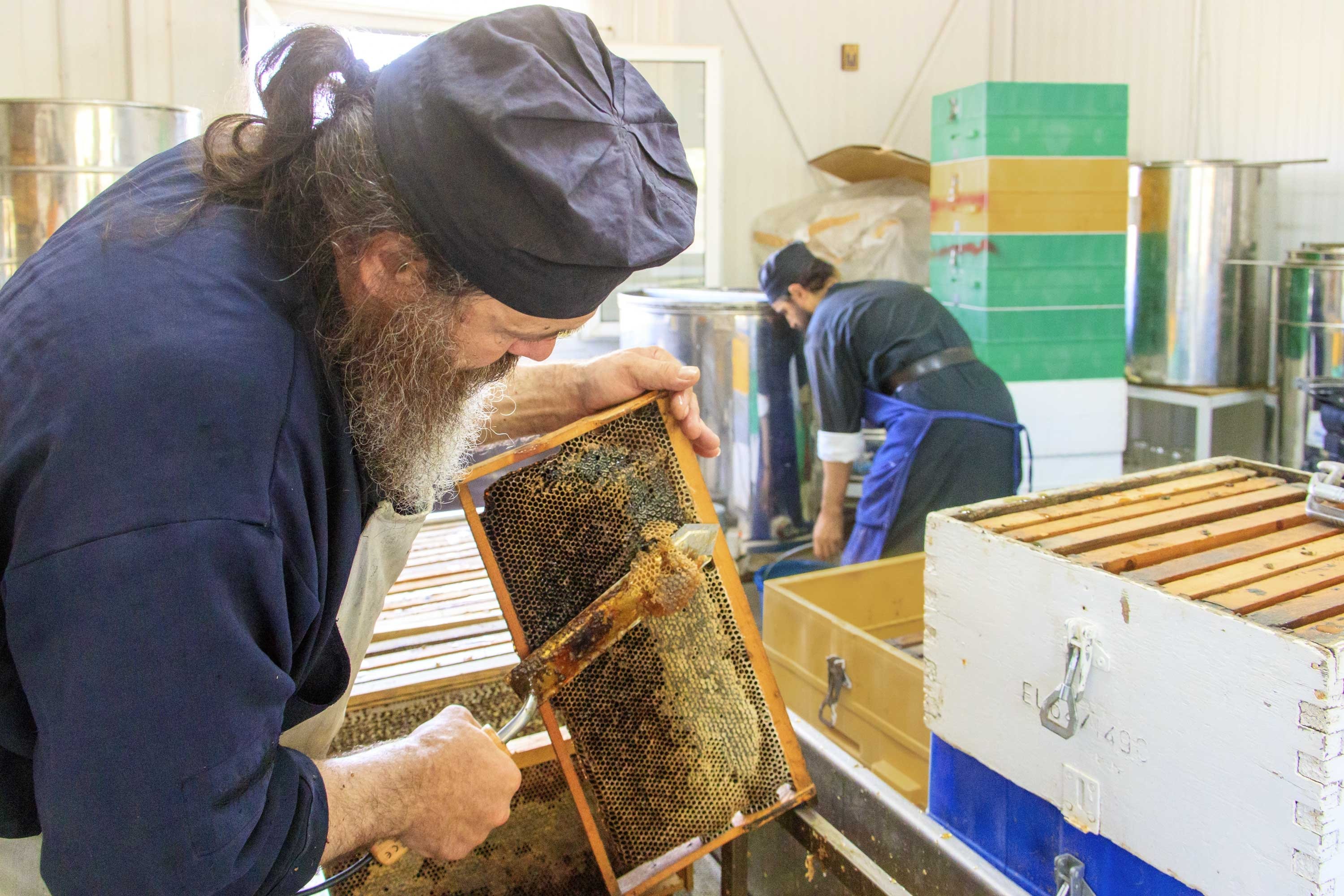
Pure Monastic products with Honey from Mount Athos:
Propolis Oral Spray with Cinnamon and Honey - Soothes the throat
Propolis Oral Spray with Vanilla and Honey – Natural expectorant
Multivariety Honey Pine - Balsam - Thyme
This aromatic honey was created from the pine forests of Yovanitsa and the late spring blooms of the Northeast side of Mount Athos.
Saint John’s wart or balsam, marubium or broom-plant, elfin thyme or thymus serpyllum and many more plants give a delicate aroma, golden color in the light, rich buttery taste and a particularly pleasant aftertaste.
Find here: pure multivariety Honey with Pine - Balsam and Thyme
Fir Honey of Mount Athos
A unique honey with high nutritional value and mild sweet taste is fir honey. This honey stands out for its special aroma, thick liquid texture, and rare amber color.
The holy fathers of Mount Athos produce fir honey using the honeycomb centrifugation method and do not interfere with any heat treatment at all. Thus, fir honey is rich in beneficial properties and keeps all its trace elements unchanged.
Fir honey has a high content of phosphorus, potassium, calcium, iron and magnesium, while at the same time it acts as an antiseptic in the respiratory system and treats bad breath.
Due to the low content of natural sugars, fir honey is almost never sweetened.
Find here: the original Athonite Fir Honey
Oak Honey of Mount Athos
In the protected (NATURA 2000) forests we also find stands of oak trees. Its production may not be achieved every year due to climate and particular conditions.
Oak honey is dark in color with a special and not sweet taste. It has many antioxidant properties and a high content of potassium, sodium, magnesium, phosphorus and iron.
It contributes to the well-being of the gastrointestinal system, treats the symptoms of flu and fatigue and acts against hemorrhoids.
Find here: Oak Honey of Mount Athos

Pure Monastic products with Honey from Mount Athos:
Natural Shampoo with Aloe Vera, Honey and Calendula
Soap with Butter and Honey - Antibacterial and soothing action
Arbutus Honey of Mount Athos
Another honey found in the protected (NATURA 2000) forests of the Athonite peninsula is the Arbutus honey produced from the honeydew of the strawberry tree.
Its taste is bitter and gives the sensation of baked caramel. It is an excellent source of trace elements, vitamins and natural antibiotic substances that make it a natural health ally.
Find here: Arbutus Honey of Mount Athos
Blossom Honey of Mount Athos
Blossom honey is produced in the small plains in the north side of Mount Athos from the nectar of flowers. It is the sweetest honey and its taste is mild.
It contributes to the good functioning of digestion and the proper development of children. It also provides energy and endurance and regulates the functioning of the intestinal system and liver.
Find here: Blossom Honey of Mount Athos
Ivy Honey of Mount Athos
Ivy honey is produced in the area, where the holy cells of Vatopedi Monastery are located and is collected with admixture from the honeydew of oak trees. For this reason, it is darker in color and its fluidity is good.
Its sweetness is moderate and depending on the weather conditions it can show a slight bitterness in its taste. Furthermore, it has high content of enzymes, vitamins, trace elements and anti-oxidants.
Find here: original Ivy Honey of Mount Athos

